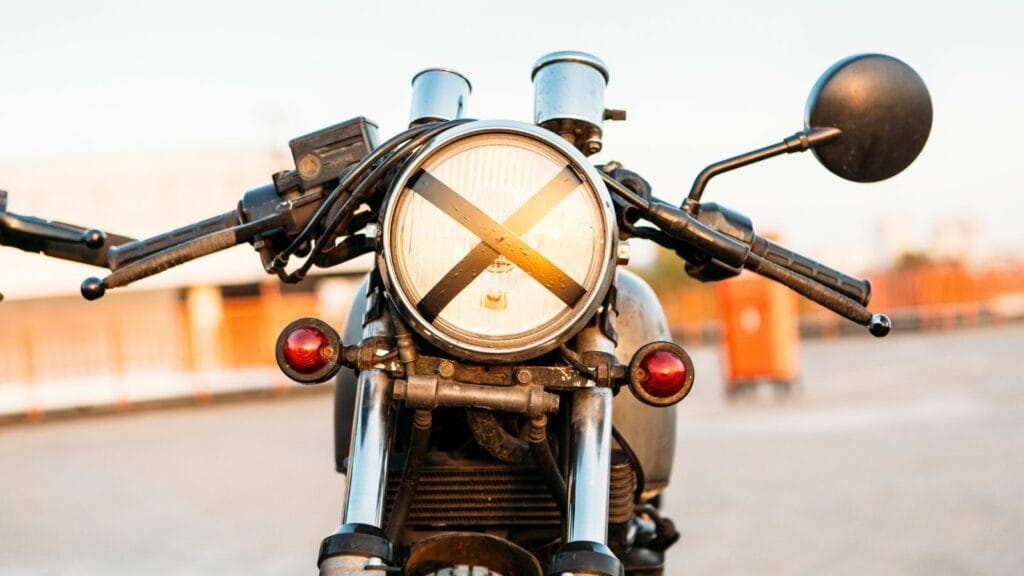Motorcycle culture has always lived at the intersection of practicality, rebellion, and ritual. To outsiders, bikers sometimes appear to adopt strange habits that make little sense at first glance. But many of these traditions have deeper roots, from racing safety measures to superstitions passed through generations of riders. Over time, customs that began as functional fixes turned into enduring symbols of biker identity. One of the most recognizable examples is the taped X across a motorcycle headlight, but it is just one of many fascinating quirks. Expanded here with more history, anecdotes, and context are some of the most unusual customs in the riding world and why they matter.
The X on the Headlight
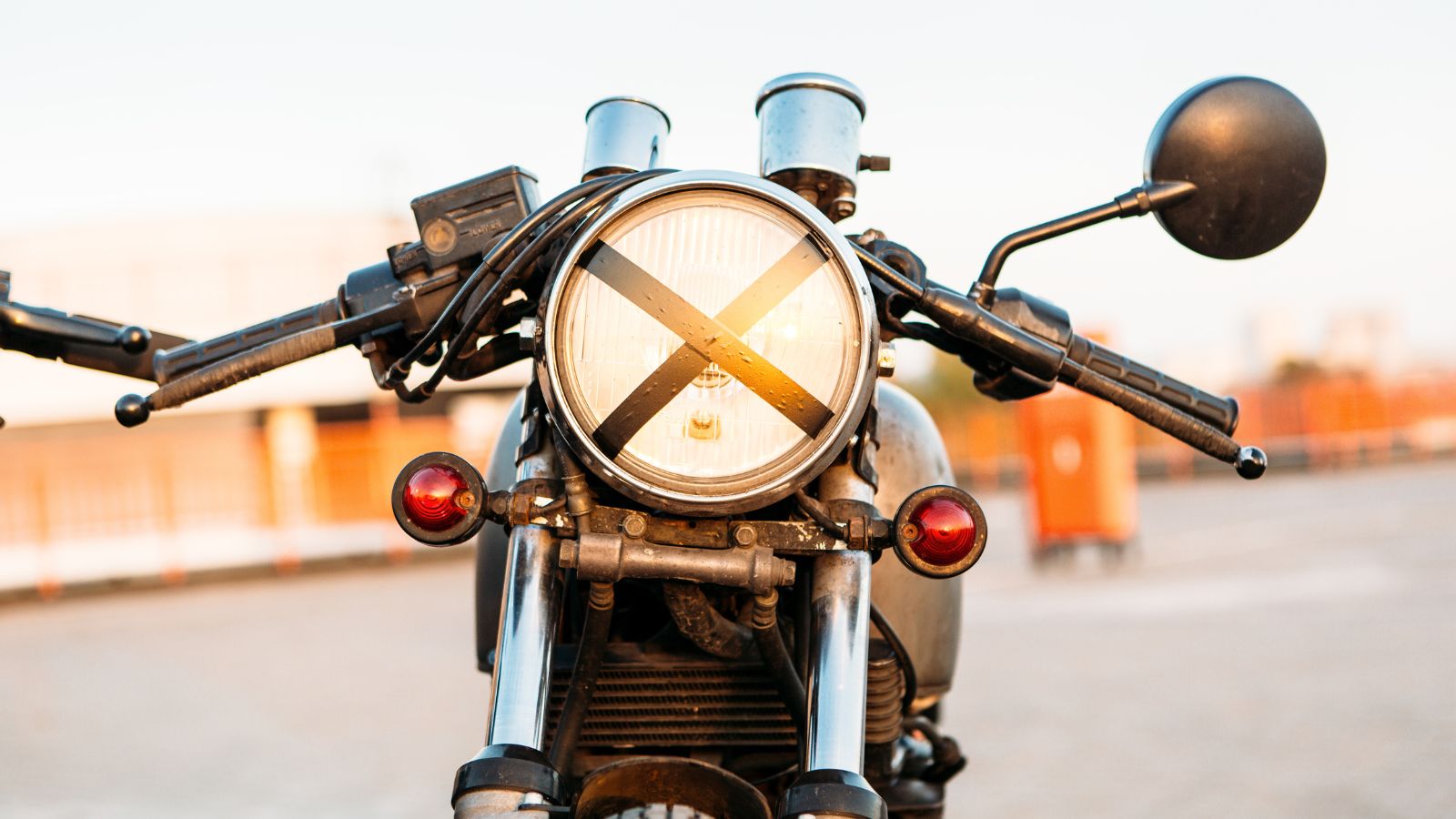
The taped X across headlights has its origins in the gritty world of motorcycle racing. Decades ago, most headlights were glass, and when a racer went down, a shattered lens could scatter dangerous shards across the track, posing hazards for those behind. A simple X made from tape helped hold the glass together, reducing the risk of flying fragments. Though modern headlights are made of shatter resistant plastics, the tradition stuck. Riders began carrying this visual cue into everyday biking as a nod to racing heritage. Over time, the X became less about safety and more about identity, a way to give a motorcycle that raw track look even on city streets. Today, it still signals rebellion and authenticity, tying the rider to a culture where performance and grit matter more than polish.
Gremlin Bells
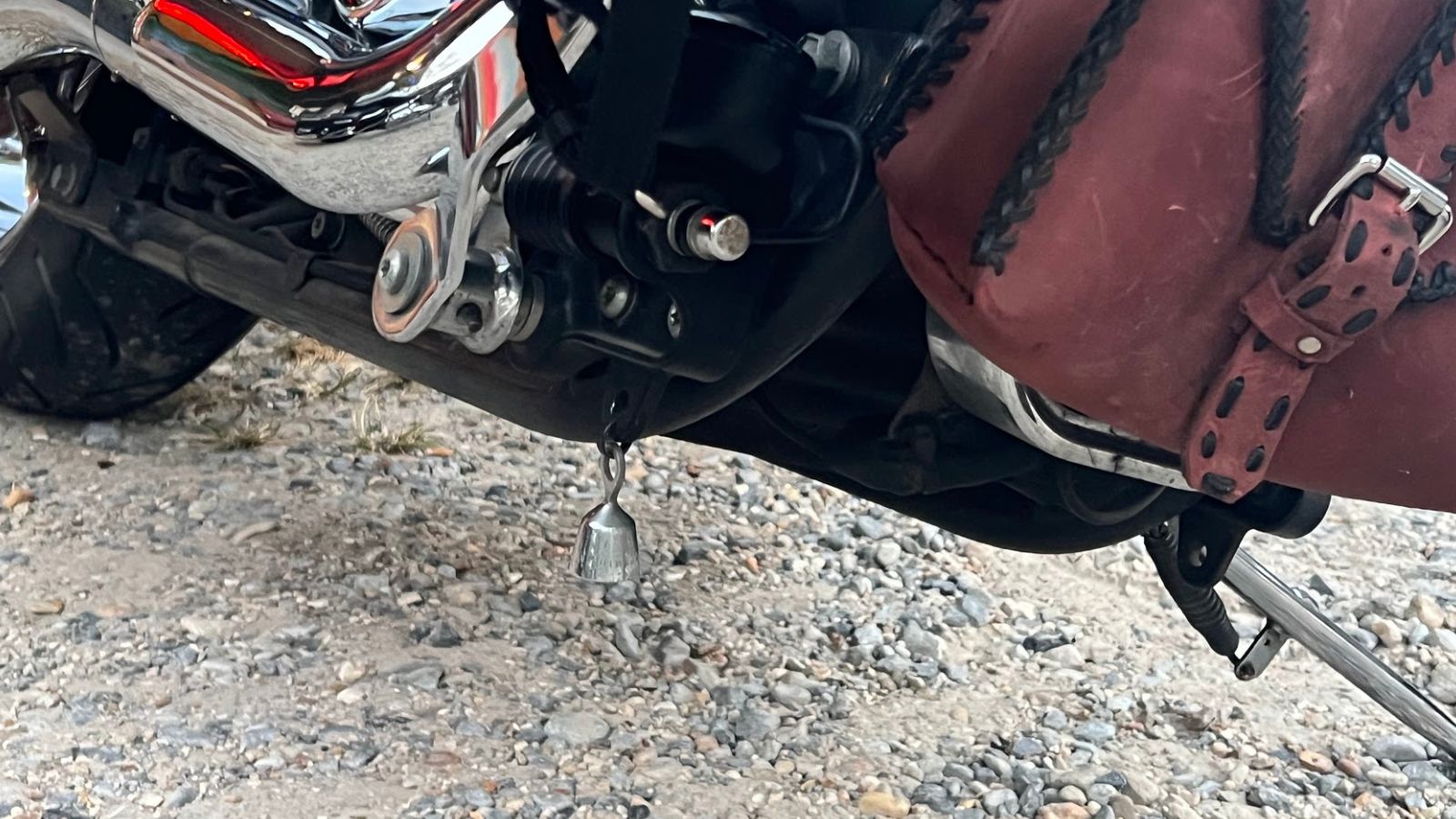
Another seemingly odd detail you might spot on a bike is a small bell hanging near the frame or under the foot pegs. Known as gremlin bells or guardian bells, they are said to ward off evil spirits that cause mechanical failures and accidents. The tradition holds that the bell works best if it is given by another rider, making it not only a charm but a token of friendship. Riders swear by them, claiming gremlin bells have saved them from breakdowns or worse, though skeptics dismiss them as superstition. Still, in a world where motorcycling involves risk, even the most rational riders often appreciate the reassurance of carrying a little luck. For many, the bell is less about magic and more about community, a tangible reminder of the bond between riders.
Leather Fringes on Handlebars
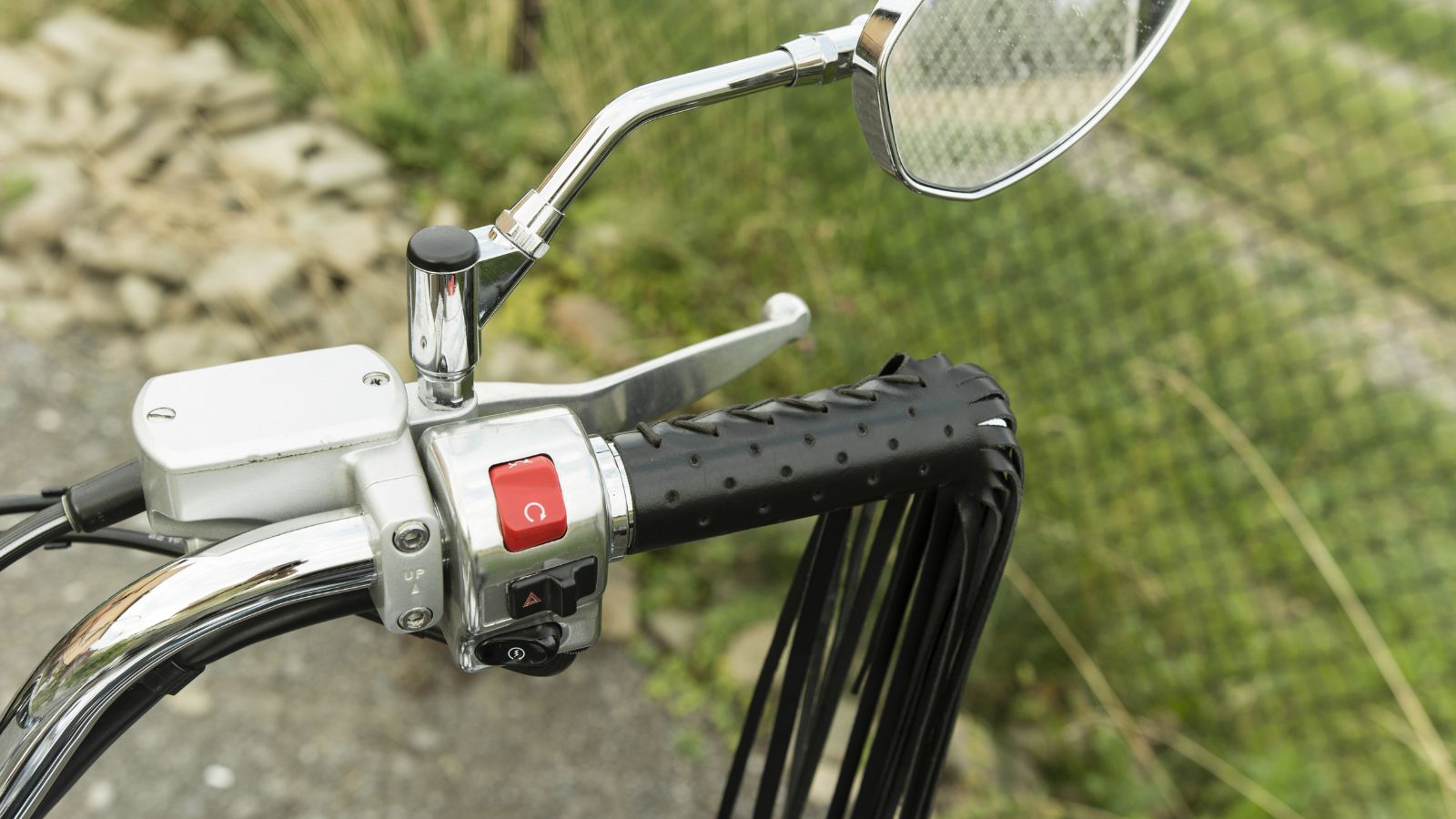
Fringes hanging from handlebars or levers might look like decoration, but they had a practical purpose in earlier days. Old timers claimed that in the rain, fringes helped channel water away from their hands, making controls easier to grip. Some also said the movement of the leather streamers reduced wrist fatigue on long rides by subtly countering wind pressure. Whether or not the benefits were real, the look stuck and became part of cruiser and Harley culture. Today, fringes are mainly a style statement, tying a bike back to a nostalgic era when motorcycles were symbols of the open frontier. To some, they might look quirky, but for those in the tribe, fringes are as much about honoring tradition as they are about aesthetics.
Loud Exhausts as a Statement
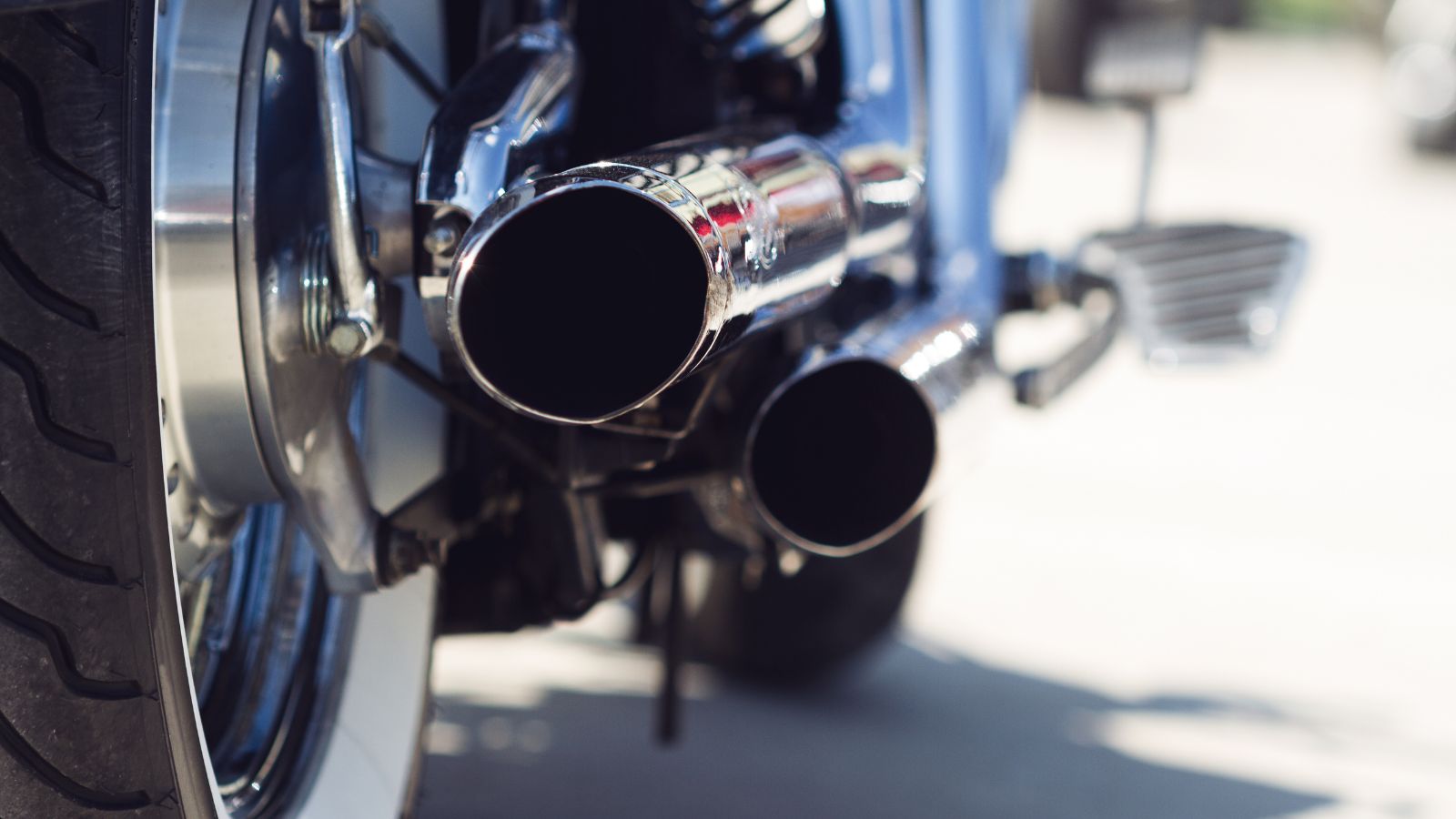
One of the loudest and most debated customs in motorcycling is the preference for roaring exhausts. The phrase “loud pipes save lives” has been repeated for decades, suggesting that a noisy bike makes drivers more aware of a rider’s presence. While studies have cast doubt on how much safety benefit actually comes from louder exhausts, the cultural meaning is undeniable. To many riders, the sound of a deep, throaty pipe is an expression of freedom and power, part of the visceral thrill of riding. It is also a way to stand out and make a statement, an audible reminder that motorcycles are not meant to blend quietly into the background.
The Two Finger Wave

One of the most subtle but universal customs is the biker wave. When riders pass each other on the road, it is common to see a hand dropped with two fingers extended toward the pavement. It is not just a casual hello, but a gesture of respect and solidarity. For decades, riders have used this wave to acknowledge that despite differences in brands, styles, or tribes, they share a common passion. It is one of those traditions that non riders rarely notice but within the community, it is an essential ritual, reinforcing the sense that motorcycling is not just transport but a lifestyle.
Skulls, Patches, and Symbolism
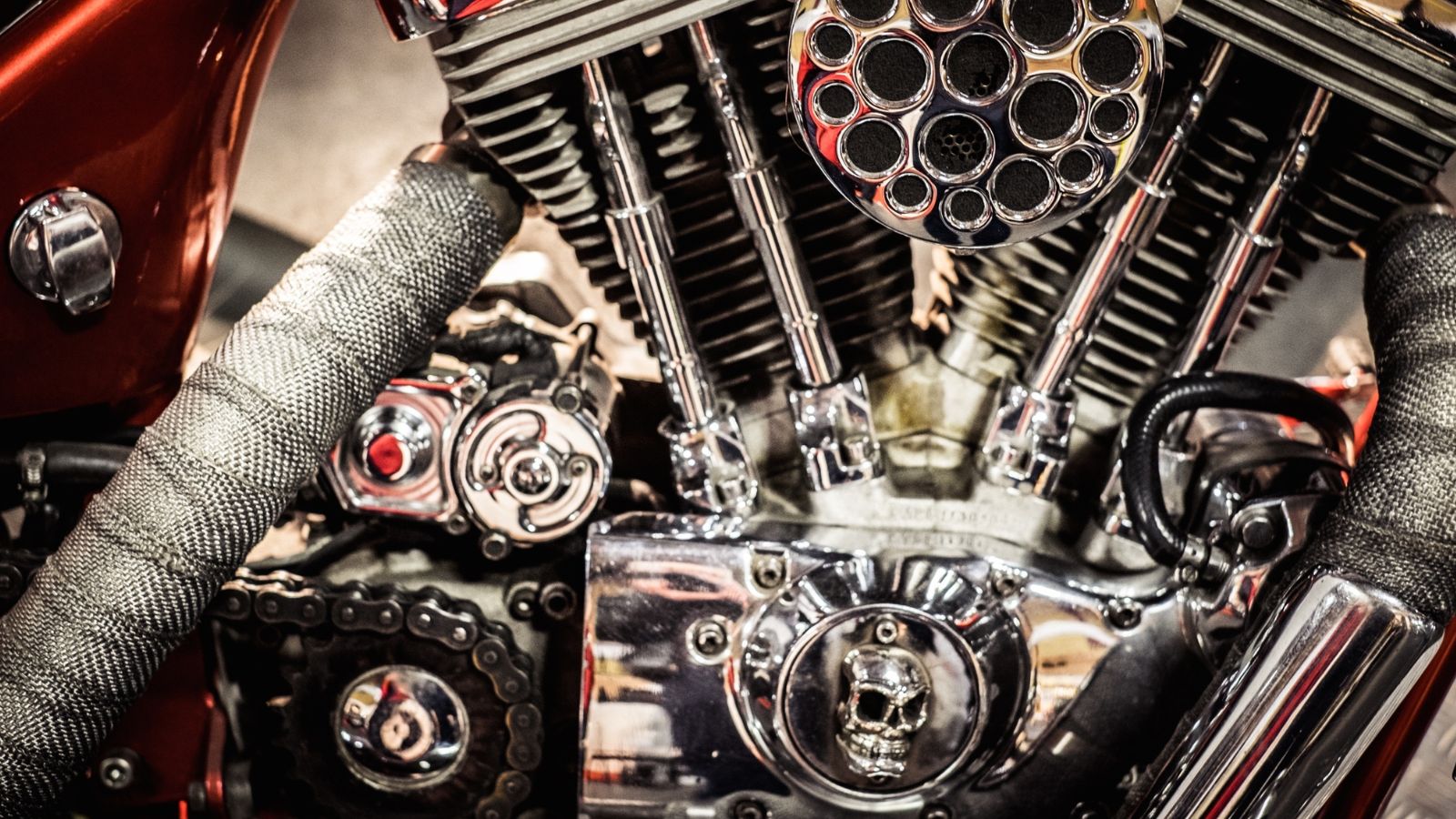
The imagery found in biker clothing and gear may appear menacing to outsiders, but for riders, these symbols carry layers of meaning. Skulls, flames, and bold insignias represent toughness and rebellion, but patches in particular tell personal or group stories. Some indicate loyalty to a club, while others highlight milestones such as long distance rides or charity events. For some, jackets become visual biographies of their journey on two wheels. This symbolic culture is why bikers take patches seriously—what may look like random artwork to others is often a deeply personal badge of honor.
The Ritual of Naming Bikes
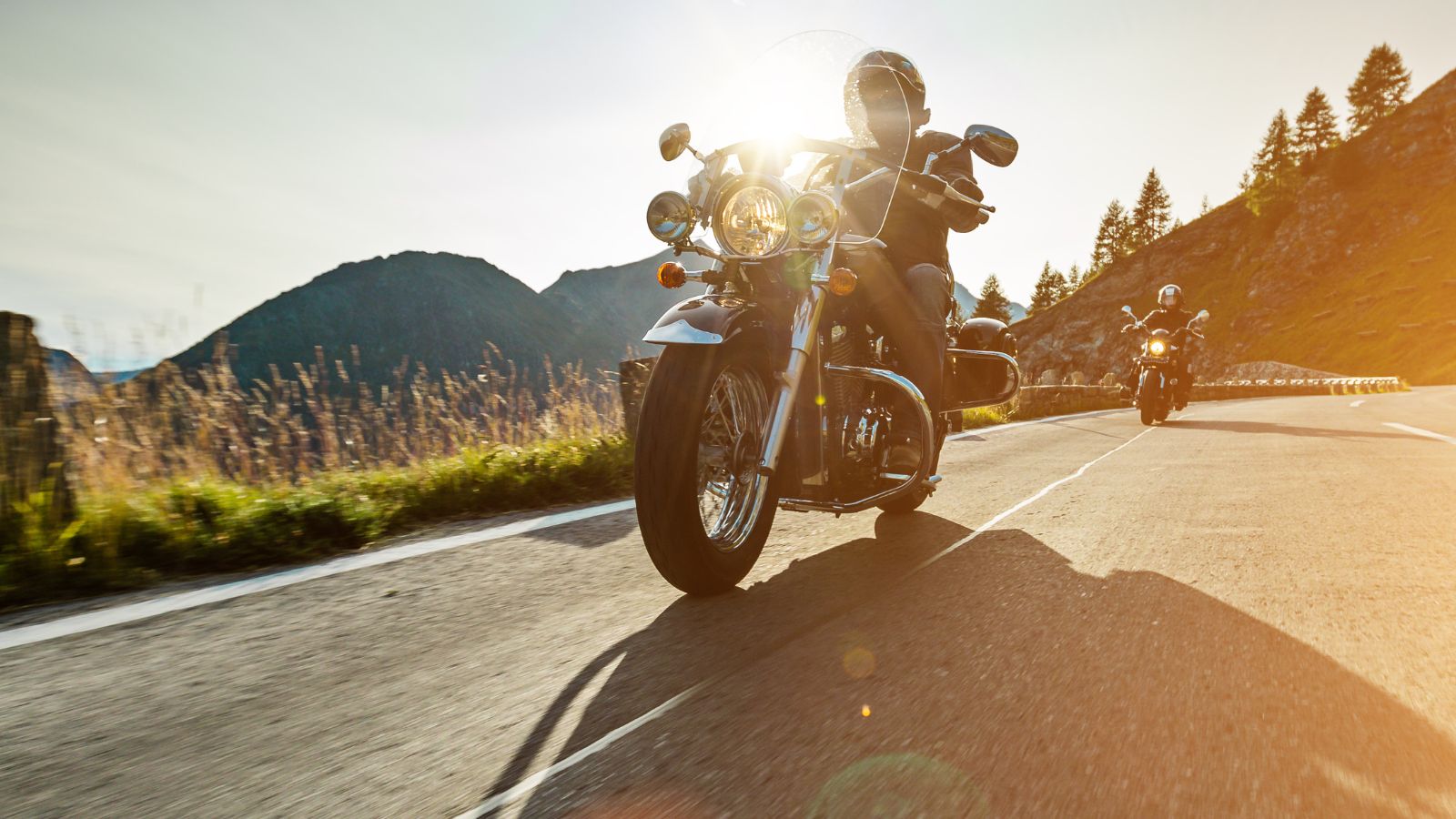
Many riders give their motorcycles names, often ones that reflect personality, quirks, or even battles survived on the road. A rider might call their bike “Black Betty” or “Old Faithful,” turning the machine into a trusted companion rather than just a vehicle. This habit reflects the deep emotional connection between bikers and their machines. Unlike cars, motorcycles expose riders to the elements and require constant care, creating a bond that feels almost human. Naming a bike personalizes the relationship, and in biker circles, it is not unusual for the name of a motorcycle to become as familiar as the name of its owner.
Blankets on Forks
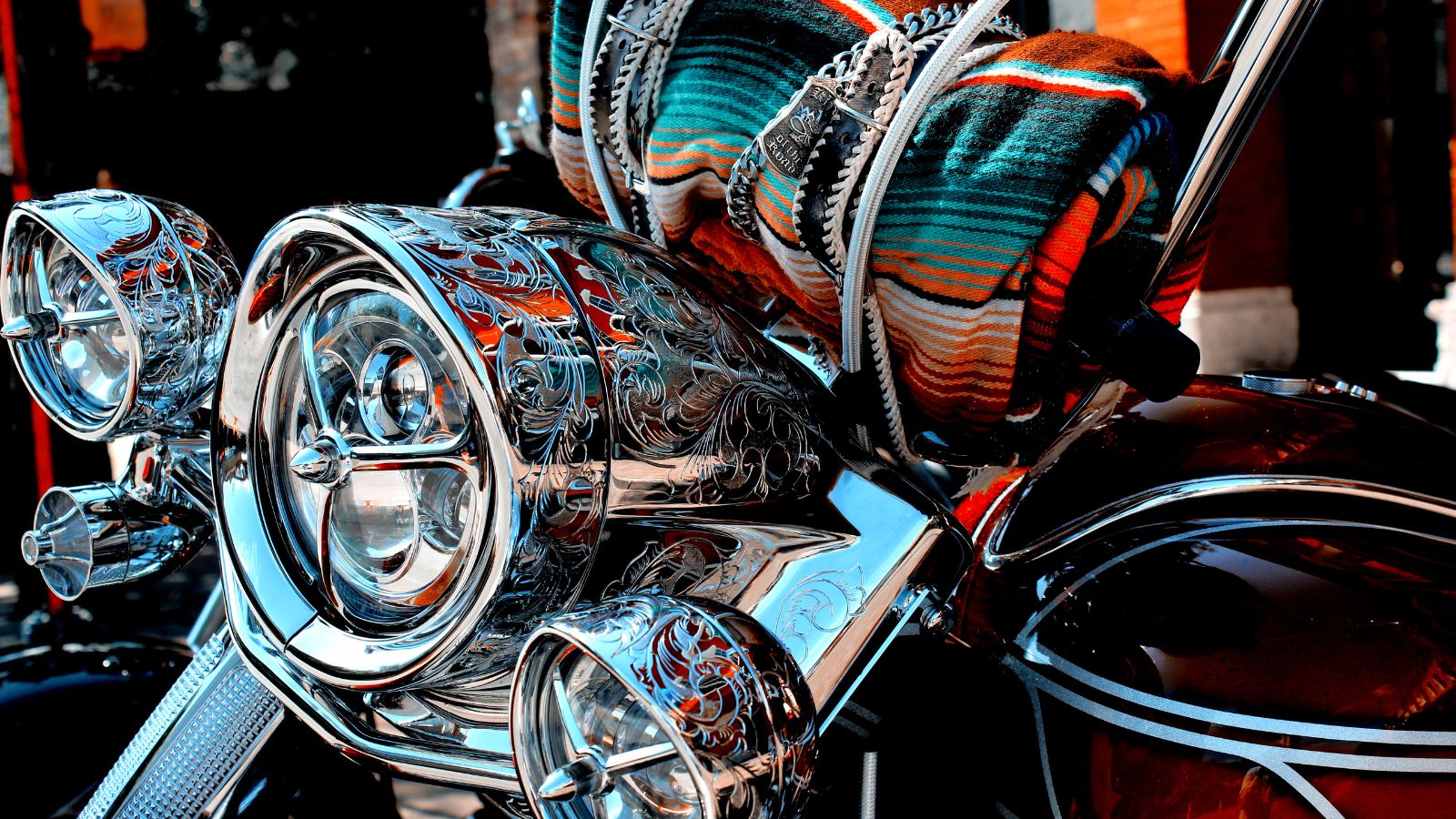
One of the stranger customs seen in certain regions is a blanket rolled up and strapped to the front forks of a motorcycle. At first, it looks odd, but it has roots in practicality. In earlier days of long distance riding, a blanket doubled as bedding when riders camped roadside. Strapping it to the front kept it accessible and also added a layer of protection against road debris hitting the fork tubes. Over time, the practice turned into a visual marker of long haul touring riders. Today, it still shows up on some bikes, less because riders need it and more because it marks a connection to the old ways of traveling on two wheels.
Stickers and Helmet Art
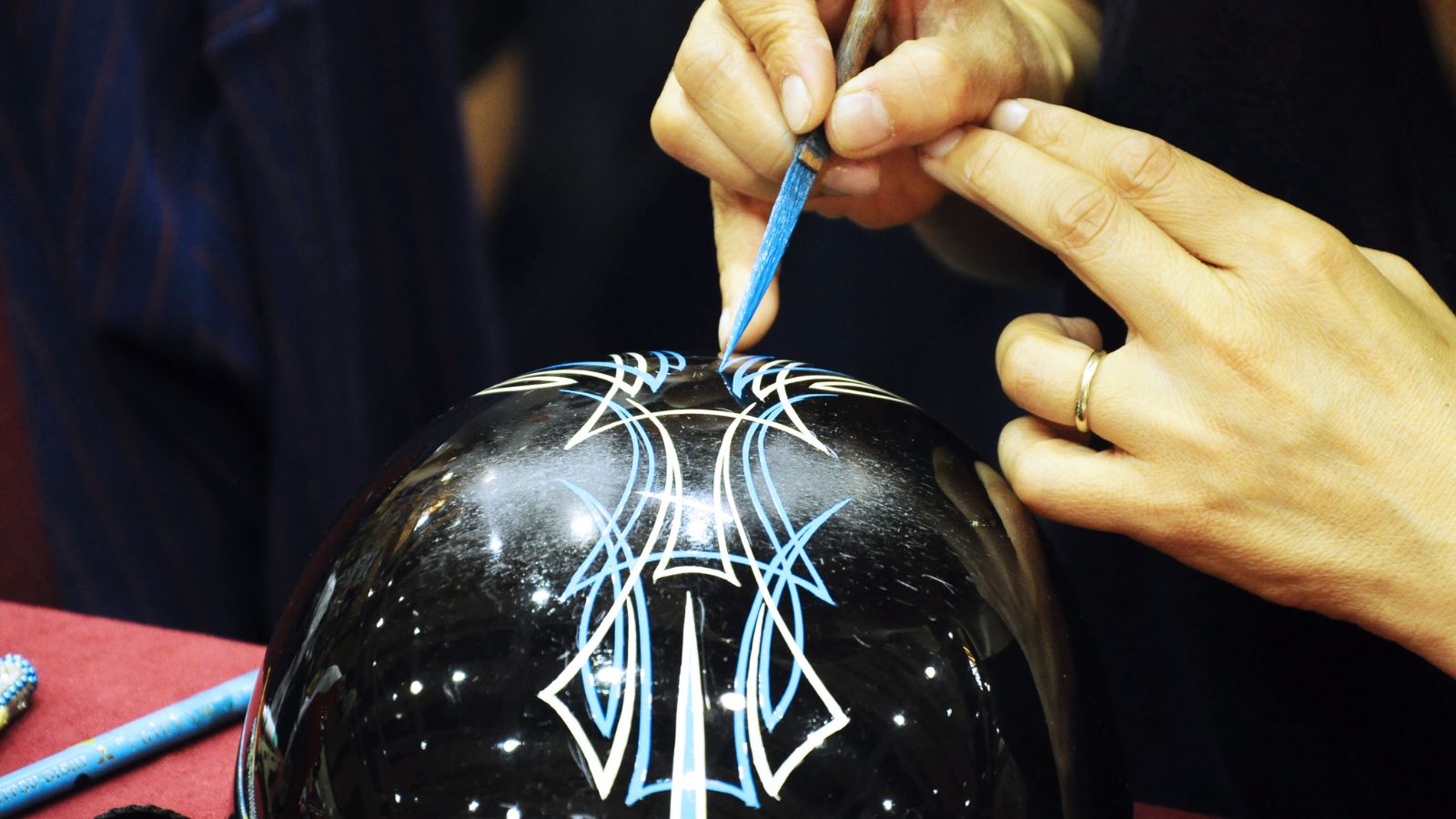
Another quirky tradition is the obsession with stickers and custom helmet art. Many riders plaster their bikes or helmets with decals from rallies, races, or destinations, creating rolling scrapbooks of their adventures. Helmet art, often done with airbrush or vinyl, reflects personal style or allegiance to certain groups. While practical types see stickers as clutter, in the motorcycling world they are badges of experience, proof that the rider has been places and lived to tell the tale.
Why These Customs Endure
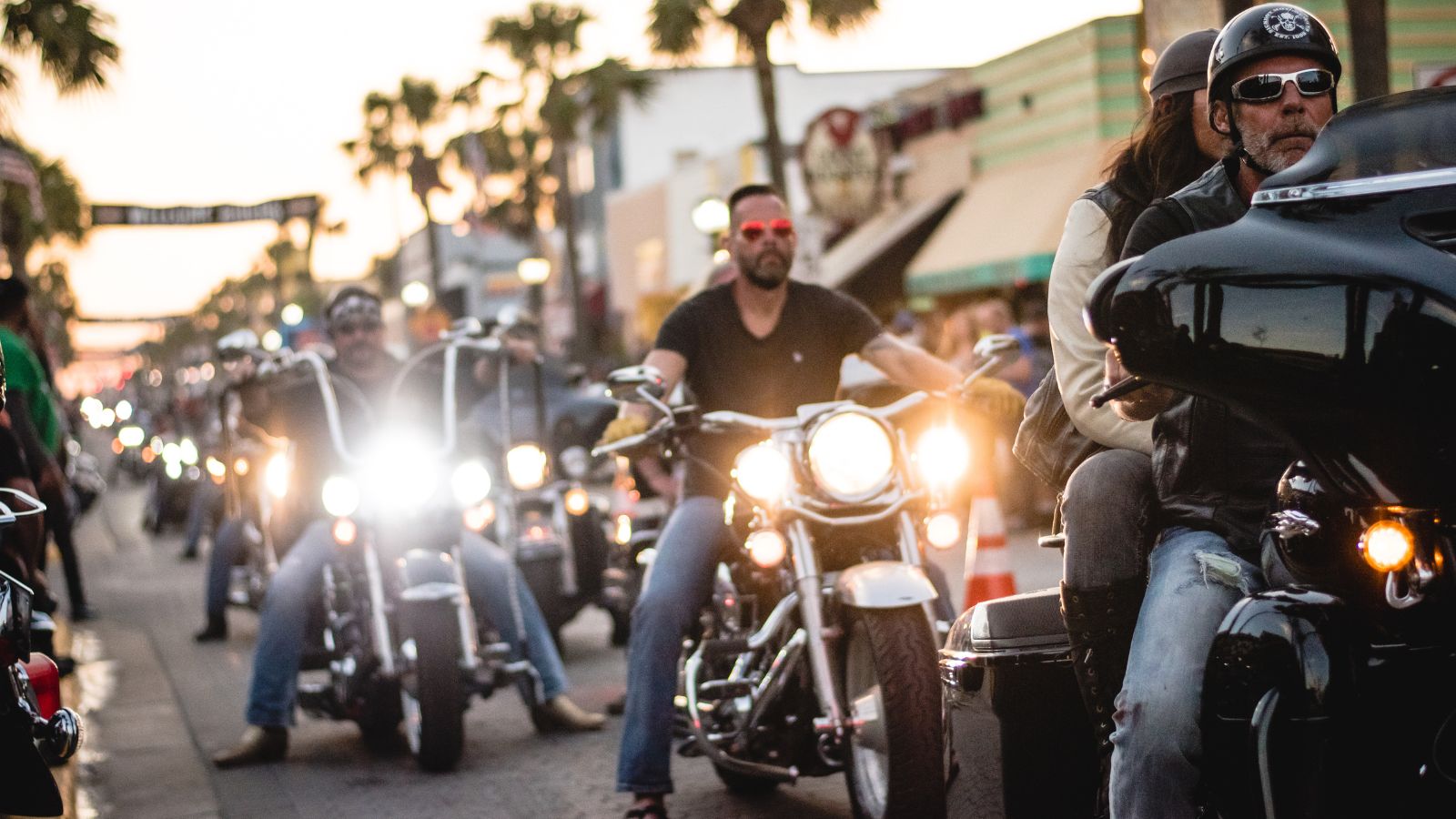
To outsiders, taping headlights, hanging bells, or waving fingers may seem like odd or unnecessary habits. But for bikers, these customs carry deeper significance. They connect today’s riders to the history of racing, the camaraderie of the road, and the shared knowledge of survival. They build community while celebrating individuality, creating a culture that thrives on both respect and rebellion. Motorcycling has always been more than just getting from one place to another. These customs, whether practical, superstitious, or symbolic, embody the spirit of freedom and the brotherhood that binds riders together.
25 Facts About Car Loans That Most Drivers Don’t Realize

Car loans are one of the most common ways people fund car purchases. Like any other kind of loan, car loans can have certain features that can be regarded as an advantage or a disadvantage to the borrower. Understanding all essential facts about car loans and how they work to ensure that you get the best deal for your financial situation is essential. Here are 25 shocking facts about car loans that most drivers don’t realize:
25 Facts About Car Loans That Most Drivers Don’t Realize
